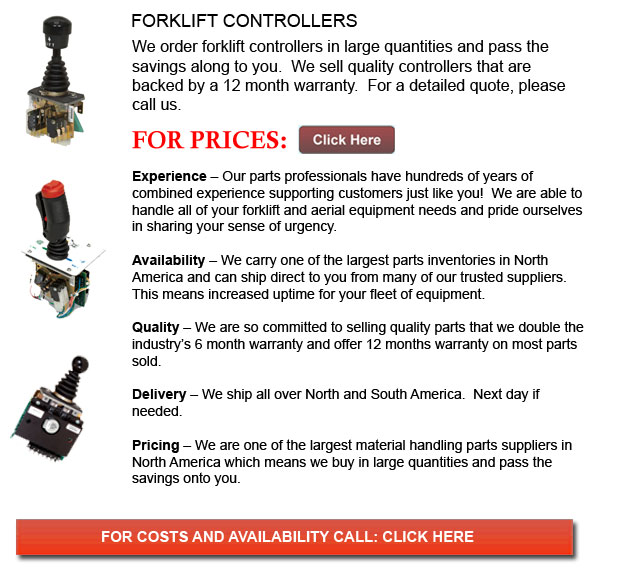
Forklift Controller - Lift trucks are available in several various models which have various load capacities. The majority of average lift trucks utilized inside warehouse settings have load capacities of 1-5 tons. Larger scale units are used for heavier loads, like for example loading shipping containers, can have up to 50 tons lift capacity.
The operator could make use of a control so as to raise and lower the tines, that are likewise known as "tines or forks." The operator could also tilt the mast to be able to compensate for a heavy load's propensity to tilt the forks downward to the ground. Tilt provides an ability to work on rough ground too. There are annual contests intended for skillful forklift operators to contend in timed challenges as well as obstacle courses at local forklift rodeo events.
All forklifts are rated for safety. There is a particular load limit and a specified forward center of gravity. This essential information is provided by the maker and positioned on the nameplate. It is vital cargo do not exceed these specifications. It is prohibited in numerous jurisdictions to interfere with or take out the nameplate without getting consent from the lift truck maker.
Most forklifts have rear-wheel steering in order to improve maneuverability within tight cornering situations and confined spaces. This particular type of steering varies from a drivers' first experience together with various vehicles. In view of the fact that there is no caster action while steering, it is no essential to utilize steering force in order to maintain a constant rate of turn.
One more unique characteristic common with lift truck use is instability. A constant change in center of gravity occurs between the load and the forklift and they need to be considered a unit during use. A lift truck with a raised load has gravitational and centrifugal forces that could converge to bring about a disastrous tipping mishap. In order to prevent this possibility, a forklift must never negotiate a turn at speed with its load raised.
Forklifts are carefully built with a cargo limit for the tines. This limit is lessened with undercutting of the load, that means the load does not butt against the fork "L," and also lowers with tine elevation. Normally, a loading plate to consult for loading reference is located on the forklift. It is dangerous to make use of a forklift as a worker hoist without first fitting it with certain safety devices like for instance a "cage" or "cherry picker."
Forklift use in distribution centers and warehouses
Vital for whatever distribution center or warehouse, the lift truck has to have a safe setting in which to accommodate their efficient and safe movement. With Drive-In/Drive-Thru Racking, a lift truck must travel in a storage bay that is several pallet positions deep to put down or get a pallet. Operators are often guided into the bay through rails on the floor and the pallet is positioned on cantilevered arms or rails. These tight manoeuvres need expert operators so as to carry out the job safely and efficiently. As each pallet requires the truck to go in the storage structure, damage done here is more common than with various types of storage. If designing a drive-in system, considering the measurements of the blade truck, along with overall width and mast width, should be well thought out in order to make sure all aspects of an effective and safe storage facility.
![]() Click to Download the pdf
Click to Download the pdf
Forklift Parts
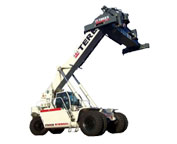
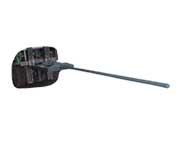
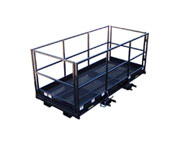
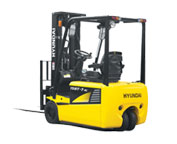
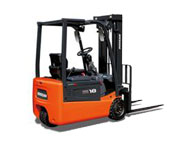
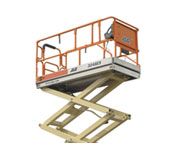
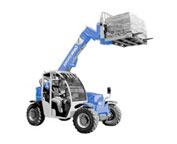
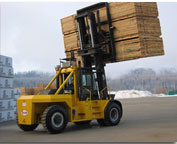
Lift Parts Express
TOLL FREE: 1-888-695-7994
LOCAL: 432-614-1756
2000 E 42ND ST C-161
Odessa, Texas
forkliftpartsodessa.com
Email Us
About Us


